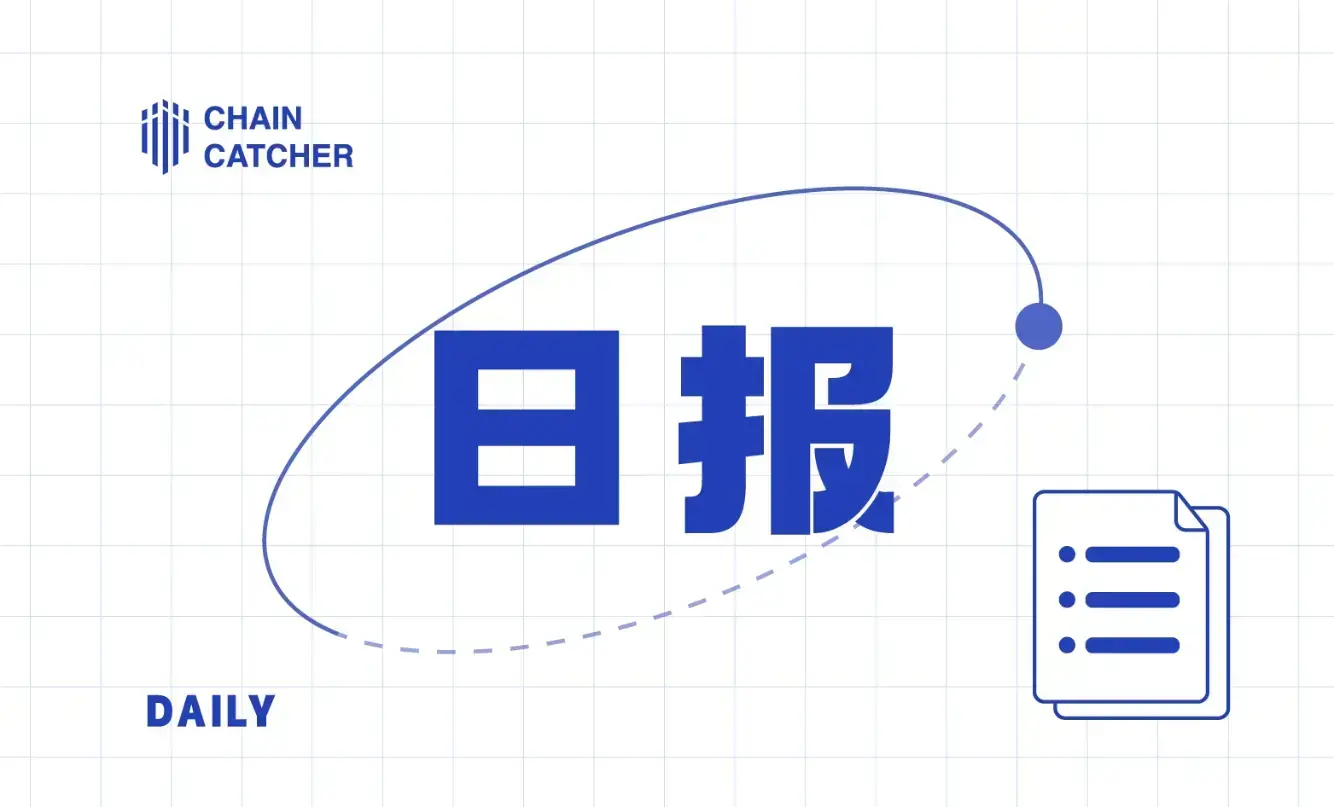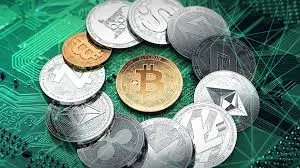Secured investment from Binance, superior cross-chain performance: Can Rango bring incremental value to the DeFi world?
With the rapid development of the cryptocurrency market, cross-chain interoperability has become a key factor driving innovation and growth in decentralized finance (DeFi). Recently, Binance Labs announced an investment in the cross-chain decentralized exchange (DEX) and bridging aggregator Rango, to further enhance its cross-chain swapping and bridging capabilities, aiming for a billion-user expansion. Rango is quickly becoming a leader in this field with its extensive features and support for multiple major blockchains, such as BTC, Solana, Tron, the Cosmos ecosystem, and Starknet.
Rango's interoperability makes transactions across different blockchain ecosystems easy and convenient, thus promoting the development of DeFi. As of now, Rango has supported over 60 blockchains, more than 70 DEXs, and over 20 bridges, with a total trading volume exceeding $3 billion. On June 19 alone, Rango processed over 2.5 million swaps for 590,000 unique wallets, handling more than 3,000 organic cross-chain swaps daily. Rango's services can be accessed through well-known wallets and Dapps such as TrustWallet, Exodus, Binance Web3 Wallet, and Compound, demonstrating its wide acceptance and usage among users.

This financing round was led by Binance Labs, with participation from Nomad Capital and Foresight Ventures. Although the specific amount of financing has not been disclosed, this round clearly indicates that investors are confident in Rango's prospects. Rango co-founder Vahid Kaya stated that with the support of Binance Labs, Rango will further enhance its cross-chain solutions, ensuring that tokens can be exchanged securely and efficiently across various blockchains. Moving forward, Rango will continue to focus on expanding its infrastructure and integrating more popular blockchains to remain at the forefront of cross-chain trading innovation.
Why has Rango been able to attract so much attention and stand out in this field? What are its main products and services? How has Rango performed in practice? Next, we will provide a comprehensive and in-depth interpretation of these questions.
What Makes Rango Unique:
Rango's success relies not only on its extensive blockchain and DEX support but also on its unique feature design and user experience. As a super aggregator, Rango can execute complex and multi-step swap operations by combining all DEXs, bridges, and DEX aggregators in the DeFi world. This means users can easily swap assets across different blockchains through Rango without worrying about the complexities of cross-chain transactions.
Multi-Chain Support:
Rango supports blockchains including BTC, Ethereum, Solana, Tron, Cosmos, Starknet, and more, covering the most mainstream and promising blockchain ecosystems currently. This allows Rango to meet the needs of various users, whether they are advanced traders needing to transfer assets across different blockchains or newcomers entering the DeFi world.
User-Friendly:
Using Rango for cross-chain swaps has become unprecedentedly simple. Traditionally, performing multi-chain swaps required users to be familiar with multiple platforms and user interfaces, but Rango provides a unified and intuitive interface that allows users to complete transactions easily. This design significantly reduces the learning curve for users and attracts a large number of ordinary users.

High Liquidity and Best Prices:
Rango aggregates multiple liquidity providers, allowing users to experience lower slippage under high trading volumes. At the same time, Rango finds the bridges or DEXs with the lowest fees and best swap rates for users, calculating real-time arbitrage opportunities to ensure users have the optimal trading experience.
Technical Framework:
Rango's technical architecture is designed to ensure efficient, secure, and scalable cross-chain trading. Its core consists of three main components: Routing API, Trading API, and Tracking API.
Routing API:
The main function of the Routing API is to find the best trading paths through multiple DEXs and bridges, optimizing user experience, costs, and output amounts. It supports complex path calculations between different blockchains and ensures smooth transaction execution.
Trading API:
The Trading API is responsible for checking preconditions, availability of balances, and fees, and creating transactions for different types of blockchains, DEXs, and bridges. It can handle various complex transactions and track the status of these transactions to ensure successful completion.
Tracking API:
The Tracking API is used to monitor blockchains and related smart contracts, such as the 1inch smart contract on BSC, to calculate statistics and alliance rewards. It ensures transparency and traceability of all transactions, providing users with a secure and reliable trading environment.
Products and Services:
The products and services offered by Rango aim to address pain points in cross-chain trading. Here are its main features and advantages:
Multi-Chain Wallet and dApp Support:
Rango's API is not only for individual users but also for multi-chain wallets and decentralized applications (dApps) to integrate. For example, Thorwallet, Brokkr, Thorswap, XDefi, etc., can utilize Rango's Routing API to enable swaps between any tokens. By providing a simple API, Rango eliminates the cumbersome work for developers when handling cross-chain transactions, allowing them to focus on their core value.
Fee Service:
Rango plans to offer a fee service to help users more easily obtain the fees required for transactions. For example, users can obtain the necessary on-chain fees by sending Rango tokens, so they do not need to purchase and transfer small fees across various chains. This feature has not yet been finalized, but once implemented, it will greatly facilitate users' cross-chain transactions.
Token Economics
Rango's token economic model is designed to incentivize users and investors while ensuring the platform's sustainable development. $RANGO is the native token of the Rango ecosystem, used for governance, rewards, and fee payments.

Value Capture:
The trading fees generated by the platform will be used to buy back and distribute to stakers (80%) and to fill the treasury (20%), with the treasury serving to enhance trust and cover potential losses. In addition to participating in governance, $RANGO holders can enjoy some special benefits, such as discounts on transaction fees on other blockchains after paying a certain amount of $RANGO.
Token Distribution:
The maximum supply of $RANGO is 100 million, distributed as follows:
- Team: 20%, with a one-year lock-up period, followed by gradual release.
- Private investors: 15%, with a lock-up period similar to the team.
- IDO participants: 10%, with no lock-up period or a short lock-up period.
- Advisors: 1%, allocated based on specific circumstances.
- Airdrop: 5%, planned for the first year.
- Liquidity providers: 10%, rewarded to liquidity providers over two years.
- Community fund and growth incentives: 39%, for growth incentives and community development.
Competitive Advantages and Market Prospects:
Rango's competitive advantage lies in its extensive blockchain support and advanced routing capabilities. Compared to other cross-chain solutions, Rango can provide more comprehensive services and a better user experience.
In terms of market prospects, Rango has enormous growth potential due to its unique positioning in cross-chain trading. As the DeFi ecosystem continues to expand and user demand for multi-chain trading increases, Rango's market position will be further solidified. By continuously optimizing its technical architecture and expanding the supported blockchains, Rango is expected to become the absolute leader in the cross-chain trading field in the coming years.
Investors in Rango are confident about its future, especially with the support of Binance Labs, which provides strong backing. Rango is not only technically advanced but also has significant advantages in user experience and market coverage. As more and more users and projects choose Rango as their cross-chain trading solution, Rango will play a greater role in driving DeFi innovation and growth.
Future Development and Roadmap:
Rango's future development roadmap shows its ambitions in the multi-chain space. In the next two years, Rango plans to integrate more blockchains, DEXs, and bridges, and further enhance user experience.
Q3 2024:
- Integration: Thorchain, 1inch (Ethereum, BSC, Polygon), Terra Swap & Terra Bridge, Lido (Terra, Eth), Binance Bridge, Osmosis
- Wallets: Terra Station, XDefi, Metamask, Binance Chain, Keplr
- Others: Launch alliance services and documentation
Q4 2024:
- Integration: Gravity DEX, Sifchain, Fantom
- Wallets: Connect, One
- Token: Complete the token economic model and conduct private sales
- Others: Design improvements, multi-hop contracts implemented on Terra
Q1 2025:
- Integration: Wormhole and other bridges, Solana DEXs (Raydium, Saber, etc.), Arbitrum, ZkRollups, Optimism, xDai, Hop Protocol
- Wallets: Phantom, Sollet
- Token: $RANGO token IDO
- Others: End of the testing phase











